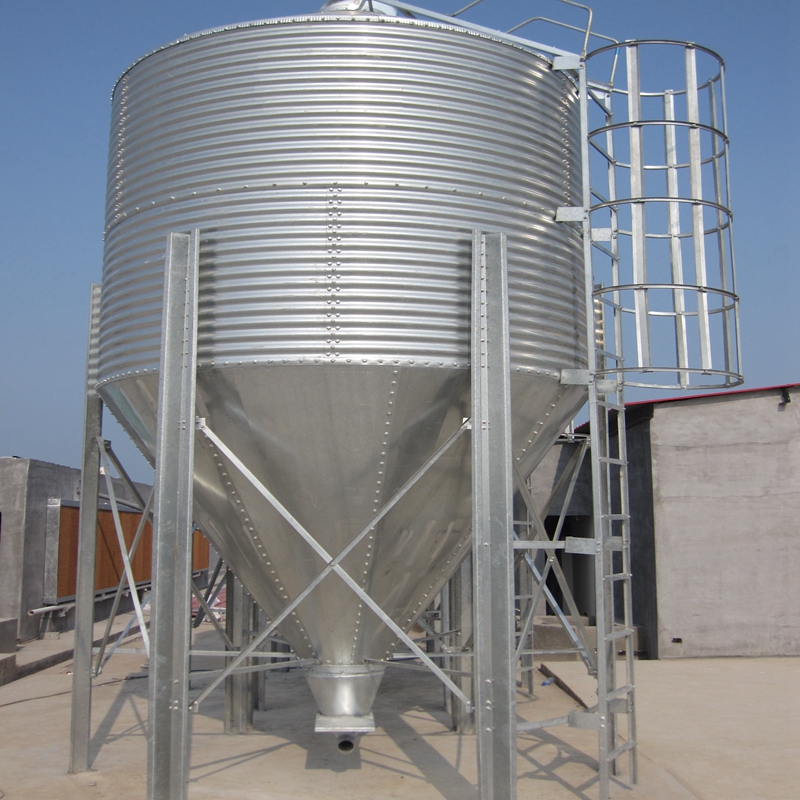Innovative Strategies for Enhancing Efficiency in Evaporative Cooling Pad Applications and Designs
សីហា . 12, 2024 15:26 Back to list
Innovative Strategies for Enhancing Efficiency in Evaporative Cooling Pad Applications and Designs
The Role of Evaporative Cooling Pads in Modern Cooling Solutions
Evaporative cooling pads are becoming increasingly popular in both residential and commercial cooling systems, providing an energy-efficient and environmentally friendly alternative to traditional air conditioning units. As the climate changes and global temperatures rise, understanding the benefits and mechanisms of evaporative cooling pads can help us optimize our indoor environments without being heavily reliant on electricity.
At its core, the principle of evaporative cooling is simple when water evaporates, it absorbs heat, leading to a drop in temperature. Evaporative cooling pads take advantage of this principle by using a porous material that retains water. When air is drawn through these wet pads, the water evaporates, cooling the air as it passes through. This process not only reduces the temperature of the air but also increases humidity, which can be beneficial in arid climates where dry, hot air is common.
One of the most significant advantages of evaporative cooling pads is their energy efficiency. Traditional air conditioning systems consume substantial amounts of energy, often leading to high electricity bills and increased carbon footprints. In contrast, evaporative cooling requires significantly less energy since it primarily utilizes the natural process of evaporation, making it a cost-effective cooling solution. This efficiency not only helps save on energy bills but also reduces the overall strain on electrical grids, especially during peak demand days in summer months.
Moreover, evaporative cooling is particularly effective in dry climates where relative humidity is low. In such regions, the additional humidity generated by the cooling process is welcome and necessary to maintain comfort levels. This added humidity can prevent issues associated with excessively dry air, such as dry skin, respiratory problems, and damage to wooden furniture and flooring. This dual benefit—cooling and humidification—makes evaporative cooling pads an excellent choice for many homeowners and businesses.
evaporative cooling pad

Installation and maintenance of evaporative cooling pads are typically straightforward, which is another reason for their growing popularity. These pads can be integrated into existing HVAC systems or used in standalone evaporative coolers. Additionally, keeping them clean and regularly maintaining the water supply ensures optimal performance, making them a relatively low-maintenance cooling solution.
Environmentally, evaporative cooling pads are a sustainable choice. Unlike traditional air conditioning systems that often rely on refrigerants, which can contribute to ozone depletion and global warming, evaporative coolers use water as the primary cooling medium. This not only minimizes harmful emissions but also conserves energy resources, contributing to a greener planet.
However, it's important to note that while evaporative cooling pads are highly efficient and effective, they work best under specific conditions. For instance, they may not be ideal in humid environments where the air is already saturated with moisture, as this can limit their cooling effectiveness. Therefore, understanding the local climate and the specific cooling needs of a space is crucial when considering evaporative cooling as a solution.
In conclusion, evaporative cooling pads represent a smart, efficient, and eco-friendly cooling option for a wide range of environments. By harnessing the natural process of evaporation, they provide an effective way to combat heat while being gentle on both the wallet and the planet. As technology advances and awareness of sustainability grows, evaporative cooling systems could become a staple in our quest for comfortable indoor temperatures in an increasingly warm world.
-
Commercial Rabbit Cages | European Design for Breeding Success
NewsAug.25,2025
-
High-Efficiency Feed Pellet Machine for Quality Animal Feed
NewsAug.24,2025
-
Automatic Drinking Line: Efficient, Hygienic Livestock Hydration
NewsAug.23,2025
-
High-Performance Feed Hammer Mill for Efficient Feed Grinding
NewsAug.22,2025
-
Best Feed Miller with Mixer | Vertical Animal Feed Solutions
NewsAug.21,2025
-
Premium Poultry Breeding Cages | Modern Layer Systems for Sale
NewsAug.19,2025






